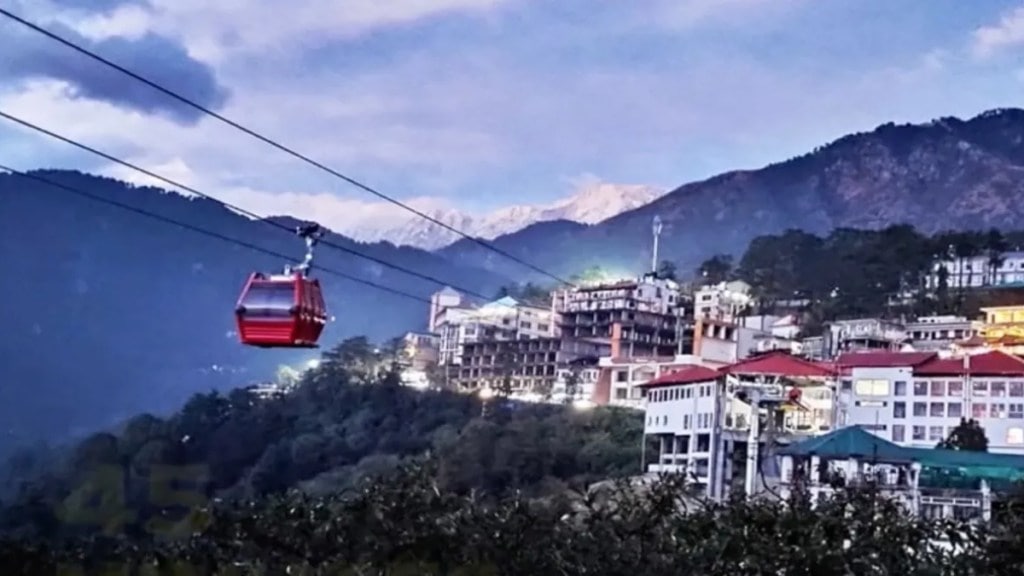The construction of the world’s second-largest ropeway project, and India’s first urban ropeway, is set to begin in Shimla. The 13.79-km Shimla Ropeway Project, designed to ease traffic congestion in the state capital, will move forward with the tender being floated soon, and work is expected to commence by March next year. The ropeway will feature 660 trolleys, 13 stations, and three lines, allowing up to 6,000 people to travel per hour.
The project is being funded by the New Development Bank (NDB), which has already approved advance procurement, enabling critical preparatory work to begin ahead of the tender process. Notably, the longest ropeway in the world is a 32-km project in Bolivia, South America. With around 25,000 ropeways globally, India currently has only 20, making the Shimla Ropeway a significant step forward in urban transportation infrastructure.
“The New Development Bank (NDB) approved advance procurement which allows for crucial preparatory activities to commence for the floating of the tender, ensuring that this ambitious project can enhance urban mobility in Shimla. Earlier the fact-finding mission of the NDB inspected from June 2 to June 10 and provided its consent on July 12,’ a report in The New Indian Express, quoted a senior official as saying. ’
Shimla ropeway cost
The official also added that the Preliminary Project Report (PPR) for the project was submitted in 2021 for bilateral funding. Although it initially faced challenges in attracting private investors, the project gained momentum after a series of strategic decisions and approvals. The New Development Bank (NDB) is providing the funding for the project.
In August of the previous year, a Detailed Project Report (DPR) worth Rs 1,734.70 crore was submitted, and following the approval of the project’s concept note, the NDB conducted both a fact-finding and appraisal mission to assess its feasibility, according to officials.
Shimla ropeway stations
The route will feature thirteen boarding and de-boarding stations: Taradevi, Judicial Complex, Chakkar, Tutikandi, New ISBT, Railway Station, Old ISBT, Lift, Chhota Shimla, Navbahar, Sanjauli, IGMC, Lakkar Bazaar, and 103 Tunnel, along with a turning station at Victory Tunnel.
Additionally, the network will include three distinct lines: Monal, Deodar Cedar, and Apple. This comprehensive system aims to reduce traffic congestion, lower pollution levels, and provide a more convenient and efficient transportation option for both residents and visitors.
According to sources, the project is expected to create 250 direct jobs and generate indirect employment for over 20,000 individuals.
‘Ropeways are the future of tourism’
Himachal Pradesh’s Deputy Chief Minister, Mukesh Agnihotri, announced that the state’s funding agency, the New Development Bank, has approved the early tender process for the project. “We hired a foreign consultant for the project, prepared the detailed project report (DPR), and allocated Rs 20 crore for environmental clearance,” he said. According to the report, Agnihotri emphasised that ropeways are the future of tourism in the state, essential for competing with other countries in the sector.
He also shared that the Baglamukhi ropeway will be inaugurated on November 5, and all formalities for the Bijli Mahadev ropeway have been completed. Additionally, the government is considering the construction of a Parwanoo-Shimla ropeway.
